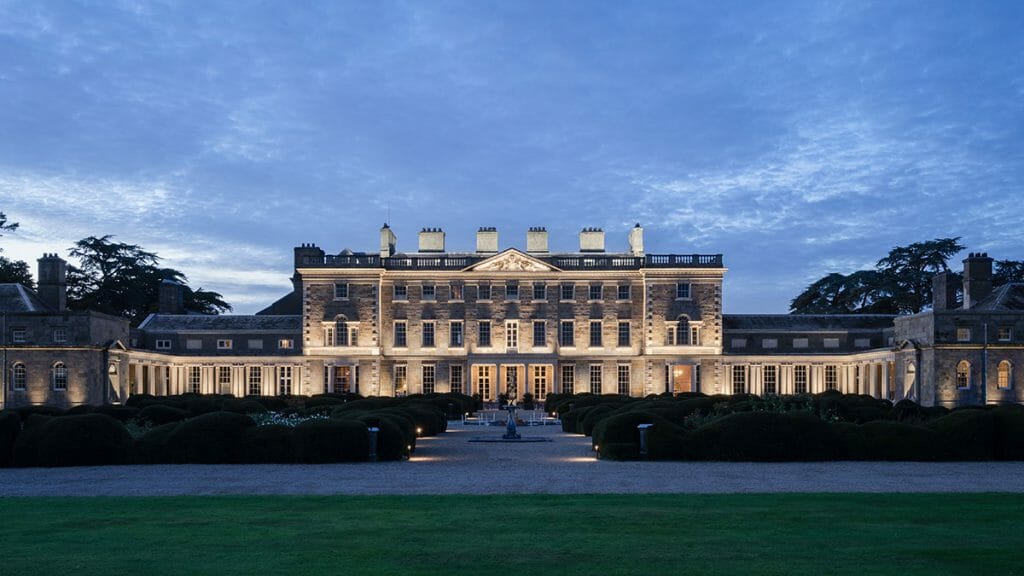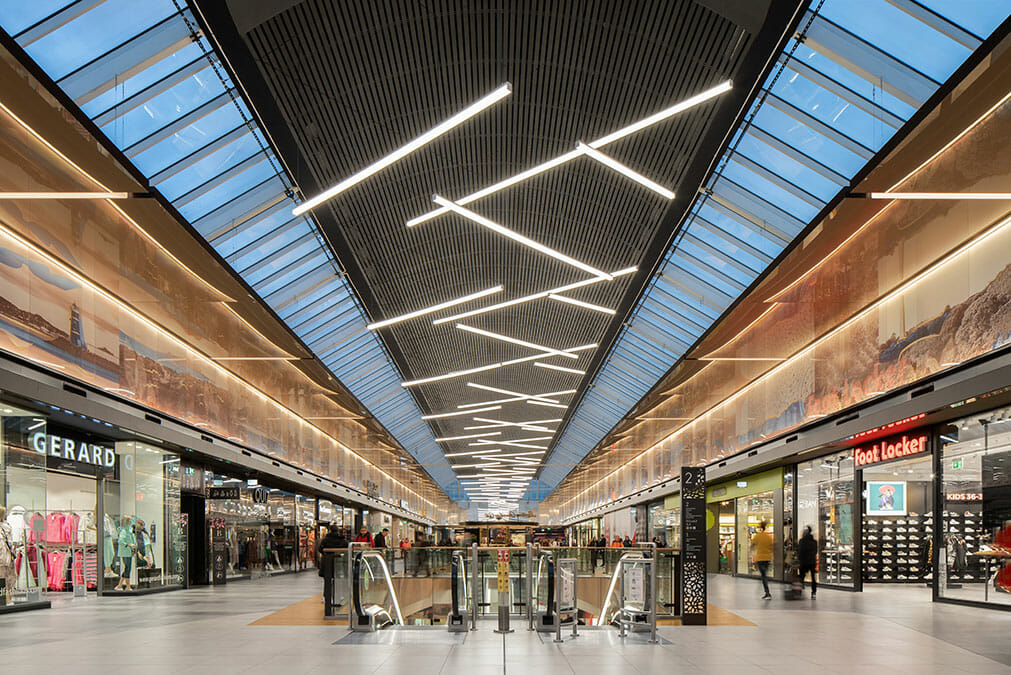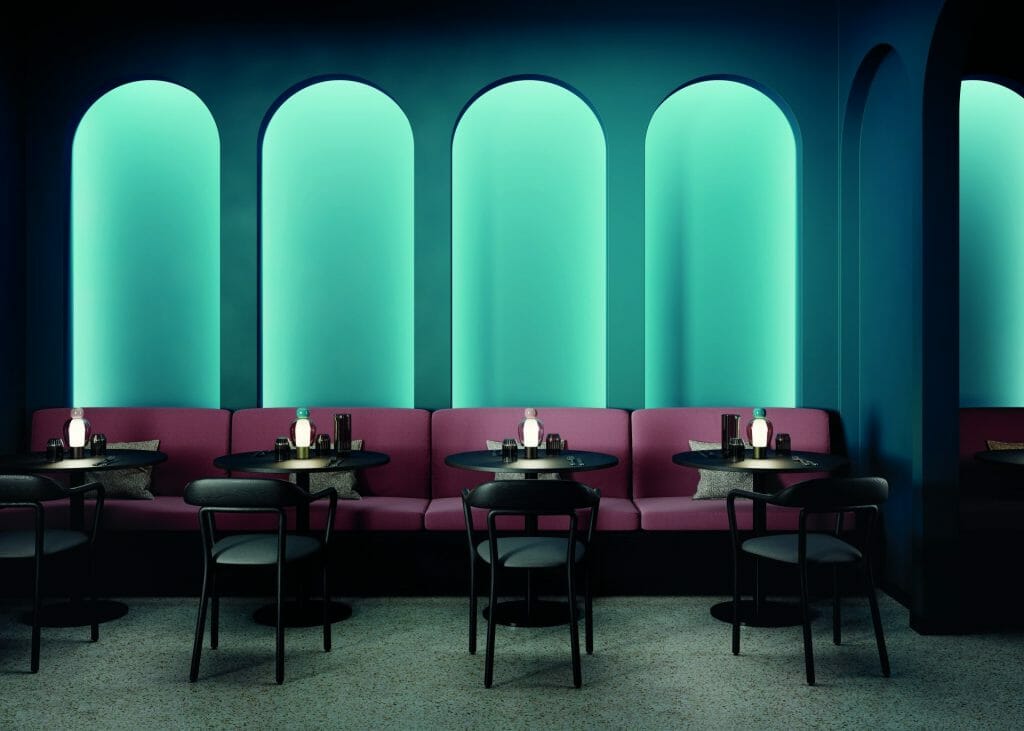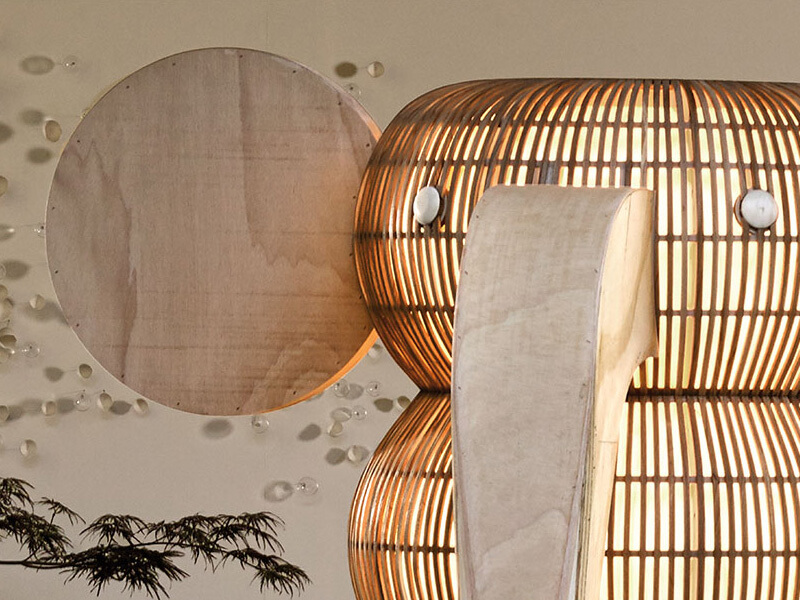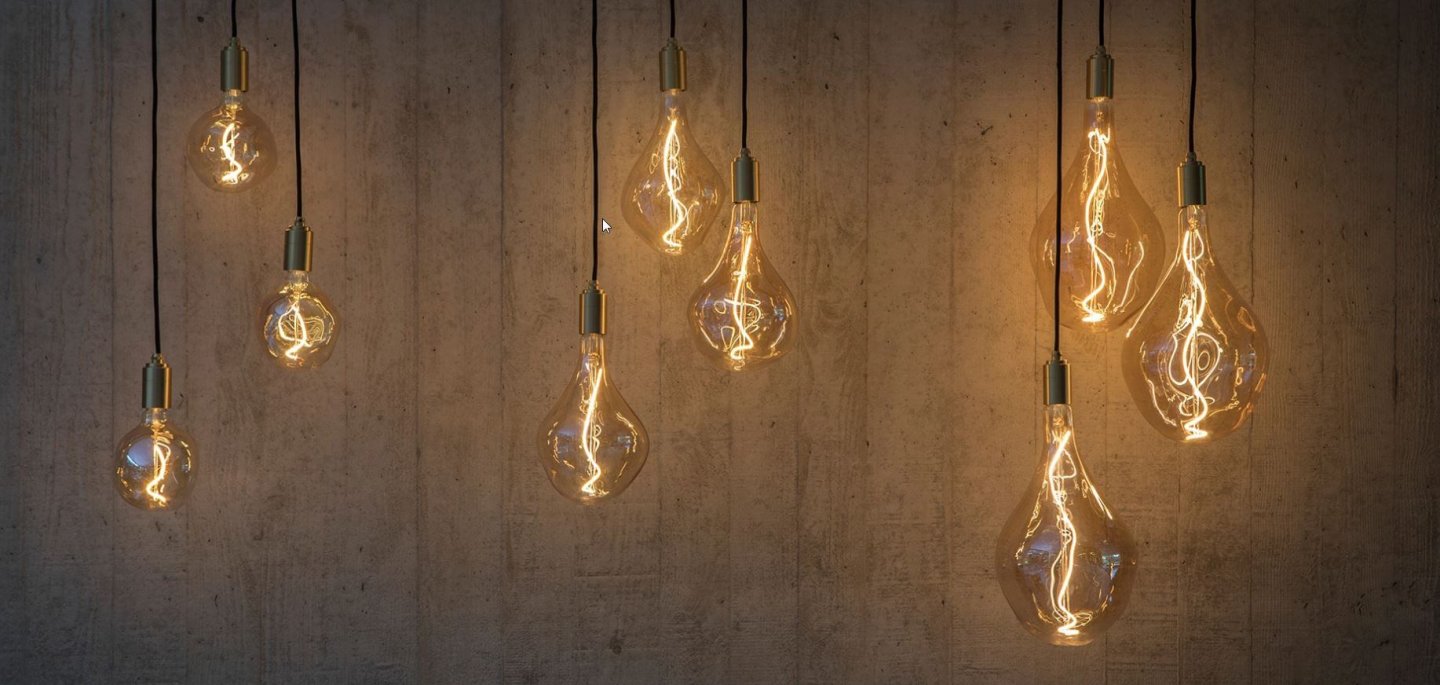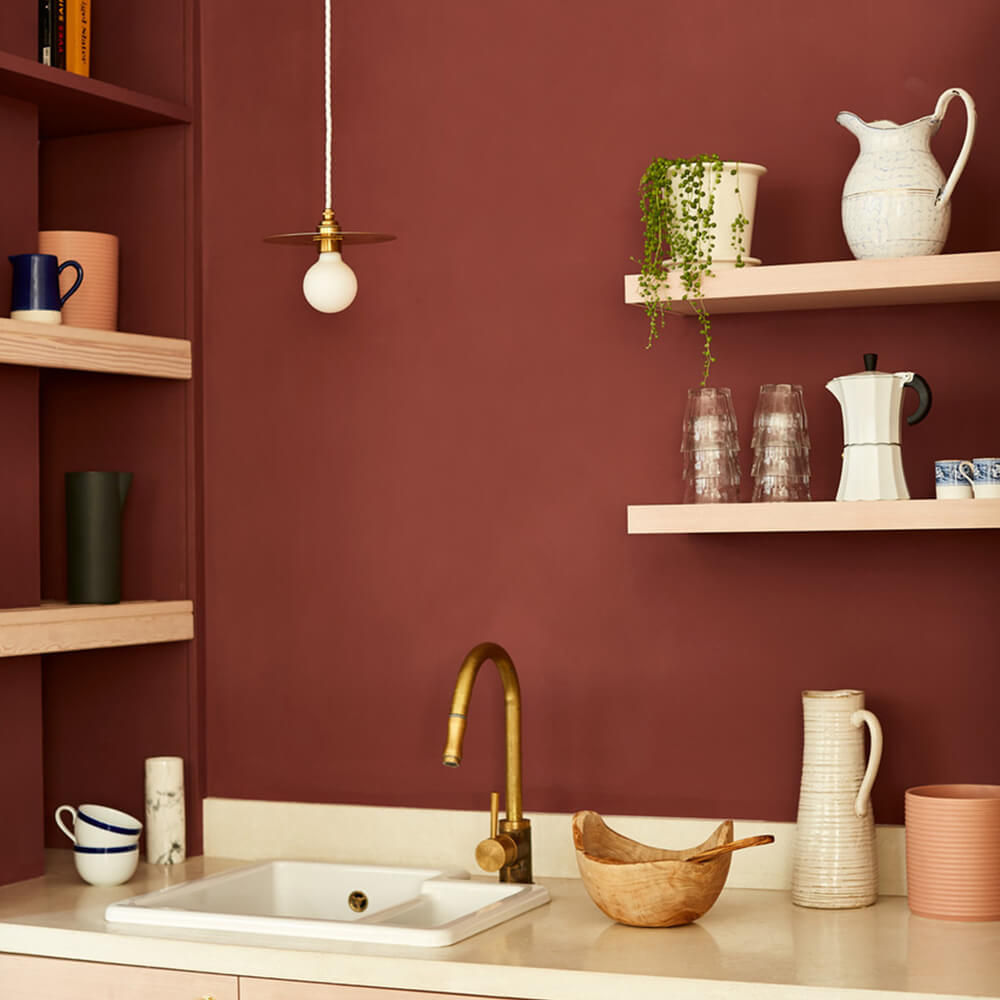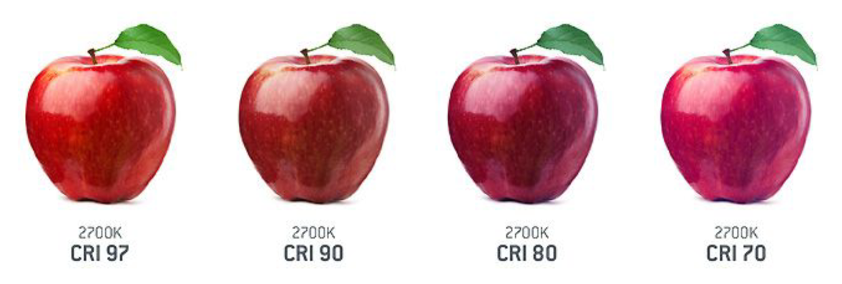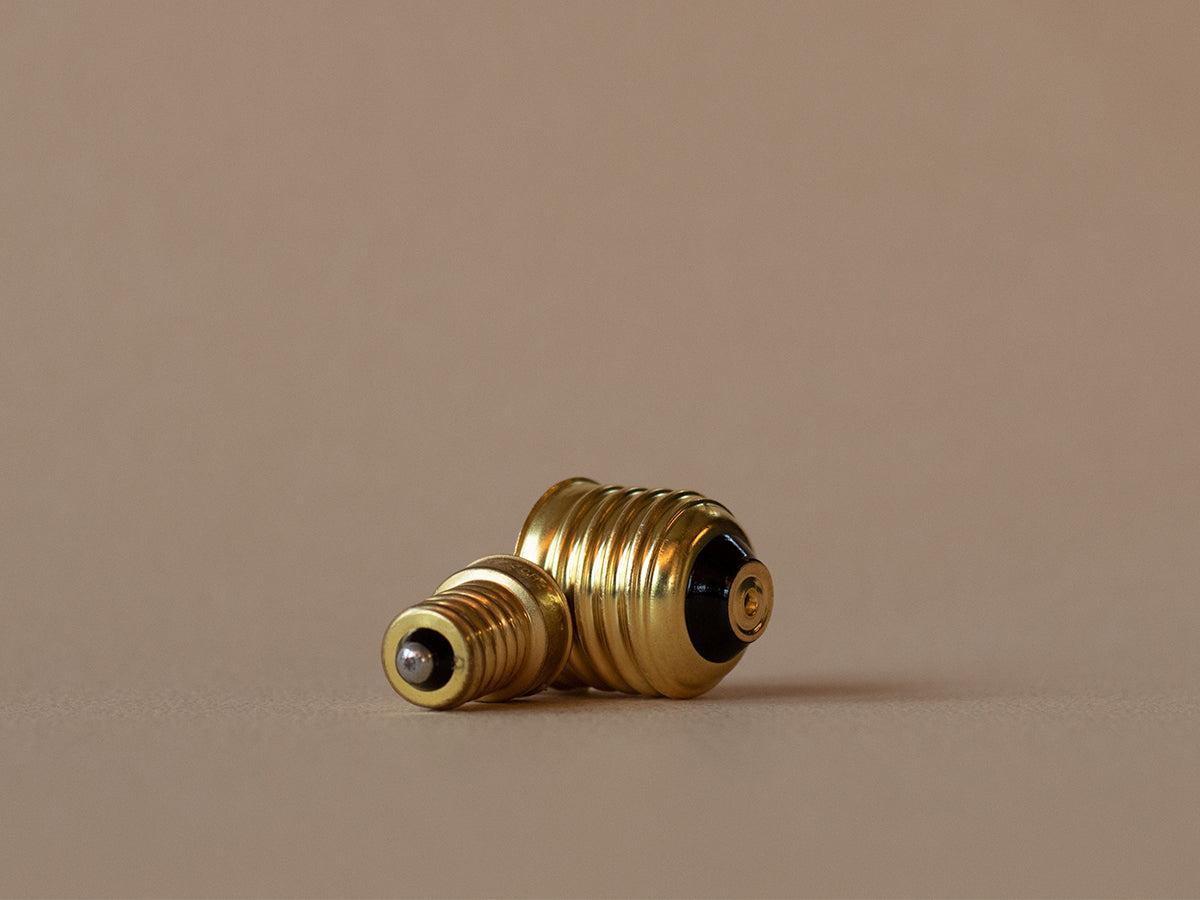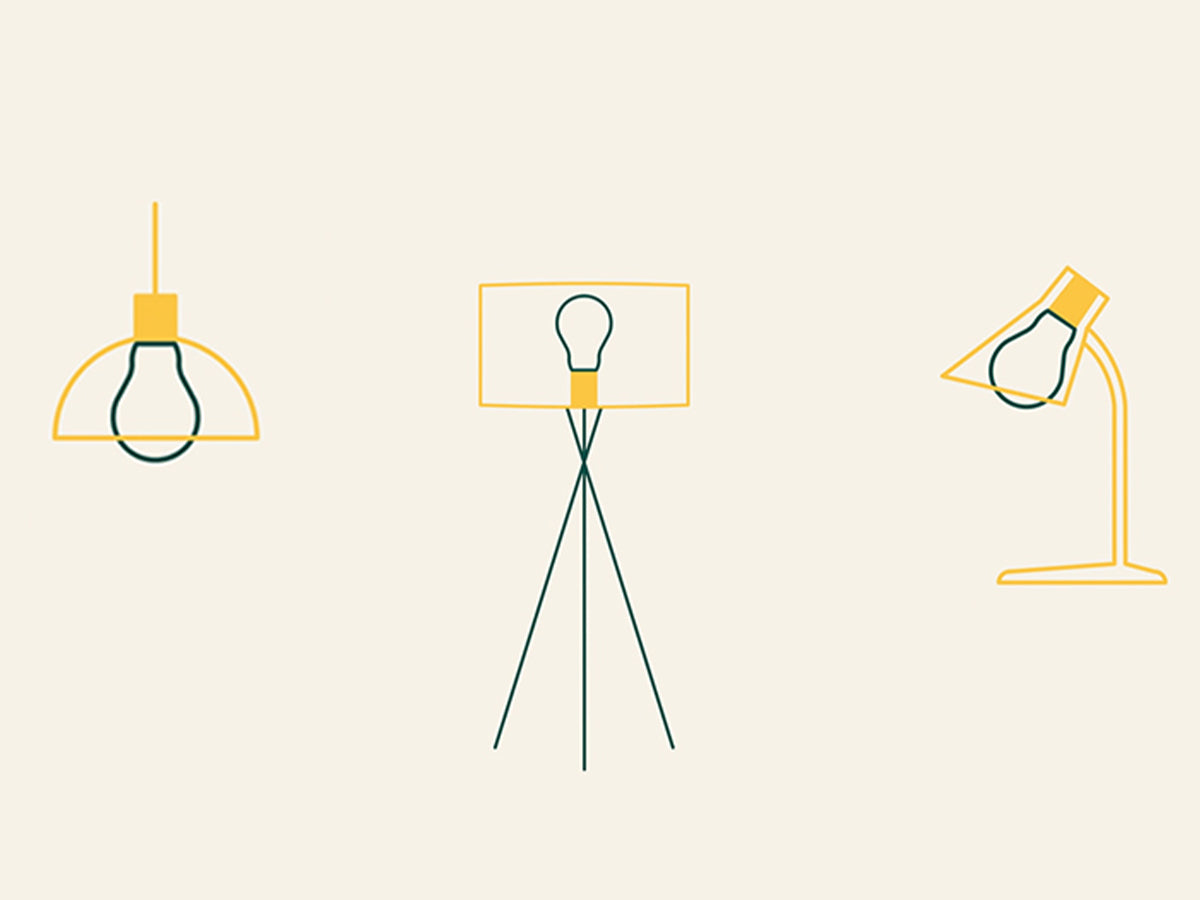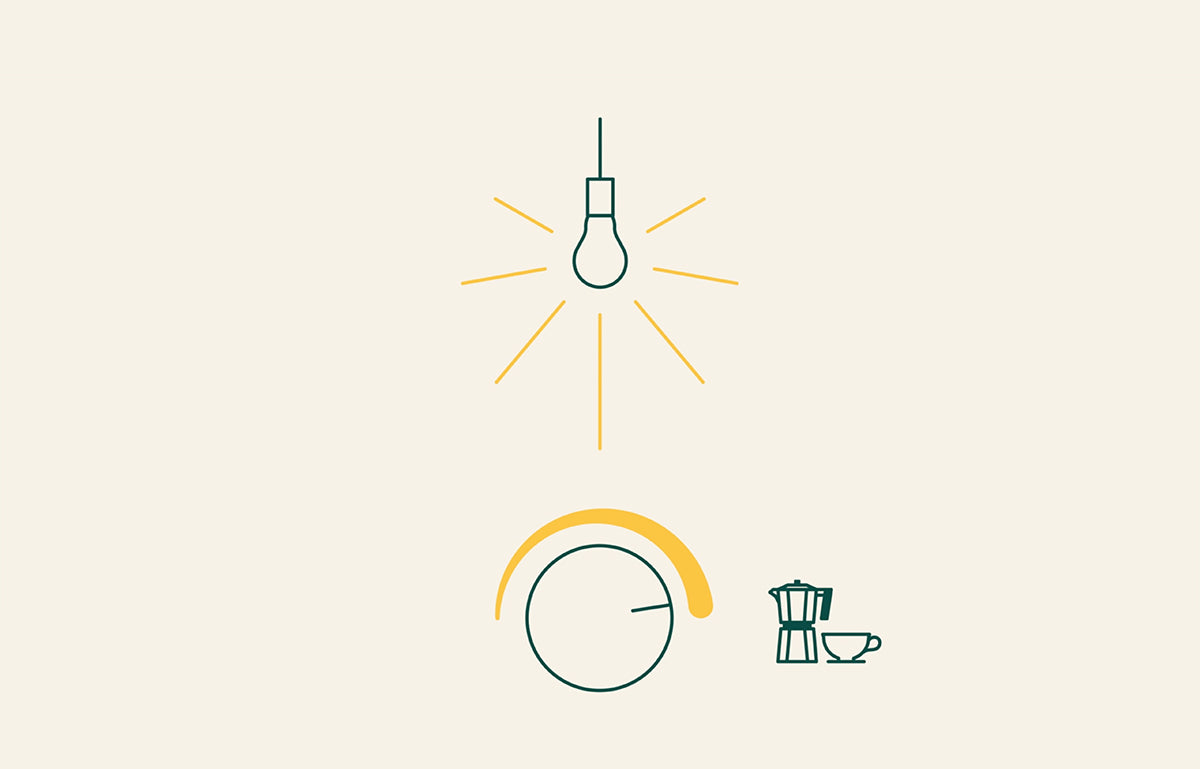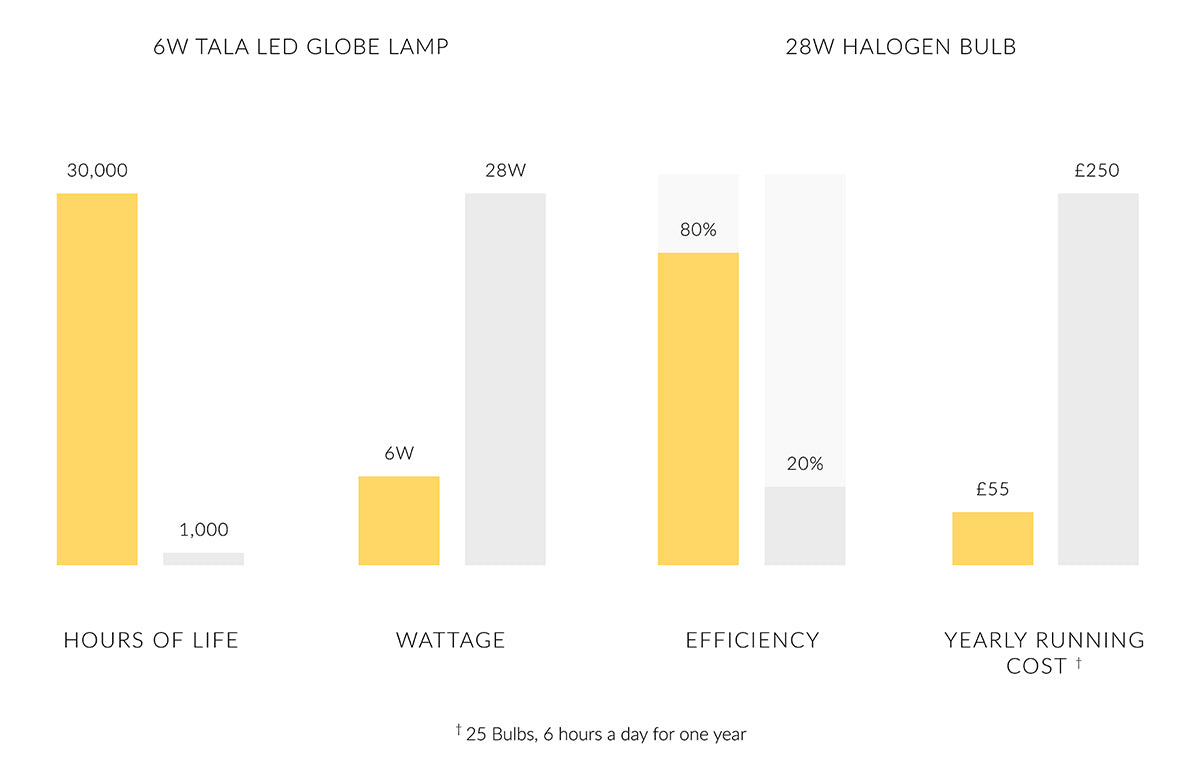- Contact us to discuss our residential design packages
- Design
- Inspire
- About
- About
- Blog
- The Bulb – naked and unplugged…

- November 17, 2020
- Monica Duggan

A Guide to Buying Bulbs
Were you ever baffled by the mention of an E14 or 27, got confused at talk of a GU10 or Bayonet cap…well you’re not alone! Lighting to us is second nature and we list off bulb names like they’re going out of fashion, but that’s not the case for the majority of our clients.
We were going to put together a comprehensive list of bulb terms but then we found that Tala, our beautiful bulb supplier, had beaten us to it. Why recreate the wheel when it’s already perfection? So here you go, join us and Tala as we jump into the naked world of the bulb.
Lumens
This is the measure for brightness – the higher the lumen count, the brighter your bulb will be. Consider how and where your light will be used when deciding which bulb to buy – a bedroom might need less, work counters in a kitchen more. This will determine how many lumens to look out for.
Watts
The wattage of a bulb indicates how much energy it uses; the lower the wattage, the less energy and the more efficient the bulb will be. Consider this alongside the lumen count to get the best performance.
Colour Temperature
Colour Temperature indicates the colour quality of the light emitted and is measured in kelvins. 2800K produces blue light, while 2000K will emit a more orange hue. Colour temperature creates atmosphere, so always ask about this when choosing your bulbs.

CRI
CRI, or Colour Rendering Index, measures the bulbs capacity to expose the true colour of an object or space under the light. CRI 95 is generally the gold standard for interior lighting.
It is important when considering the accuracy of the light emitted. For interior spaces where true colour is needed, such as bathrooms and bedrooms, make sure you choose a bulb with a high CRI. Anything lower than 80 will not reflect an accurate picture of wall colours or furniture details.

Shape and size
Consider the size of the bulb you require before making your purchase, ensuring it matches the specifications of your fixture. Sometimes a bulb can overshadow a fitting while in other cases it can be dwarfed by its surroundings, both are not a good look.
Base Cap
The Edison Screw, or E27, is the most common light bulb fitting. For other fixtures, such as chandeliers or wall lamps, an E14 is most suitable (this is a little skinner than the E270). For older fixtures, B22 (Bayonet) may be the cap you need (this has the two pins and is informally known as a ‘push-in’).

Fixtures
Decorative bulbs, such as a lot of Tala’s range, do not require a lamp shade, while smaller bulbs can be comfortable either hidden or exposed in a fixture. Make sure the bulb you choose complements the fixture or visa versa.

Dimming
A dimming system is essential for getting the most out of LED bulbs. A good dimming system will deliver smooth, responsive, and stable performance from 100% power to 5% or lower. When choosing a light bulb, aim for any source that can dim to at least 5%, giving you the biggest and best range for your desired light output.
Dimming allows you to set a number of scenes in a mixed use room, such as an open plan kitchen/dining/living area. One scene can be for preparation of food, another for entertaining, and another for relaxing into the night. Dimming is a vitual tool in this belt.

What to look for
Well, a good bulb can look like anything really, the preference is yours. Historically, people tended to look at wattage to indicate the light output of a lamp which dictated everything. However, with advancements in LED, you can now enjoy more light for less watts. This means you should look at lumen output and colour temperature to find the right fit for you. In short, think high lumens and low watts to get the most energy-efficient lamp for your needs.

- Design,Tips
- Baynetcap, bulbs, E14, GU10, guide, LED, lightbulbs, talalighting, tips, willieduggan

About Monica Duggan
Monica grew up with a screwdriver & bulb in her hands before she started to 'hassle' the boss! After gallivanting around the world & getting an education she worked in all areas of the business, and was a natural fit for developing Willie Duggan further. She does her best thinking struggling up a mountain, hiking a trail or beating herself up in the gym!
Browse by category
Browse by tag
- #IDSW2019
- 2019
- 2021
- 2022 Award Winners
- 48 volt track
- About Us
- Ambient Lighting
- Architect
- Art
- Arturo Alvarez
- Awards
- Bathrom
- Bathroom
- Bathroom Design
- Bathroom Lighting
- Baynetcap
- bedroom lighting
- Behind the Scenes
- Biophilia
- Biophilic Design
- Blanchardstown Shopping Centre
- Blog Post
- Blue
- Brands
- building materials
- bulbs
- Carton House
- church design
- Colour
- Comfort Lighting
- commercial
- commercial design
- Contract Interiors
- cost
- Cottage Design
- Creativity
- Deconstructing
- decorative lighting
- Denise O'Connor
- Design
- Design Team
- Details
- Dining Space Lighting
- Downlighting
- downlights
- E14
- electrician
- Electrics
- Emotion
- Emotional Lighting
- enviromentally friendly
- Estluz Laverd
- Exhibitions
- Experience
- experiential showroom
- Exterior Lighting
- external lighting
- eyelit65R
- Festoon Lighting
- Finalists
- Finances
- first fix
- five star hotel
- floor lamp
- Floor Light
- Floor Plan
- flooring
- functional lighting
- Garden
- Garden Lighting
- Getting the lighting right
- Glare
- GU10
- guide
- Haberdashery
- Hard Wood Flooring
- healthy lighting
- Heart of the home
- hidden lighting
- hints
- Home
- Home renovation
- house design
- Hypro
- Illuminated Furniture
- IMNDA
- importance of windows
- inchsawmills
- Interior Design
- Interior Lighting Design
- Interiors Trends
- International Dark Sky Week 2019
- internorm
- IP Rating
- Irish Times
- Ivela
- Jan Battles
- kitchen
- Kitchen Design
- Kitchen lighting
- Kitchen Squeeze
- Lampshades
- Landscape Lighting
- Layers of Light
- LED
- LEED
- Light
- light and health
- Light Art
- Light Brands
- Light Design
- Light Effects
- Light Fitting
- light masterplanning
- Light Pollution
- Light Technology
- lightbulbs
- Lighting
- Lighting Company
- lighting controls
- Lighting Design
- lighting designer
- Lighting Designers
- Lighting Plan
- Lighting Products
- lighting switches
- lighting tips
- LIT awards
- Living Space Lighting
- LND
- LZF
- Minimal Glare
- Monica Duggan
- mood lighting
- Motor Neurone Ireland
- munster joinery
- Nest
- new build
- New Year
- new york
- newbuild
- Newsletter
- night time lighting
- NYCxDESIGN
- Online Consultation
- Open Plan Space
- Our Team
- Outdoor
- Outdoor Lighting
- Parquet FLooring
- pendant light
- Pendants
- Piet Oudolf
- plastering
- plumbing
- Power of Switching
- Prolicht
- recessed lighting
- reducer
- reflections
- renovate
- Renovation
- Residential Lighting
- Residential lighting design
- retail
- Retro Fit
- riai
- salvaging
- scene setting
- Self build
- Self Build Newsletter
- selfbuild
- senator
- shadows
- sonos
- spacer
- Spotlights
- st bartholomews church
- Studio Italia
- sustainable
- sustainable building
- switching
- table lamp
- Table Light
- talalighting
- Task Lighting
- The Irish Times
- timber frame
- tips
- Trend
- tricks
- UGR
- Unified Glare Rating
- voliere
- willie duggan
- willieduggan
- Windows
- wiring





- Inspire
